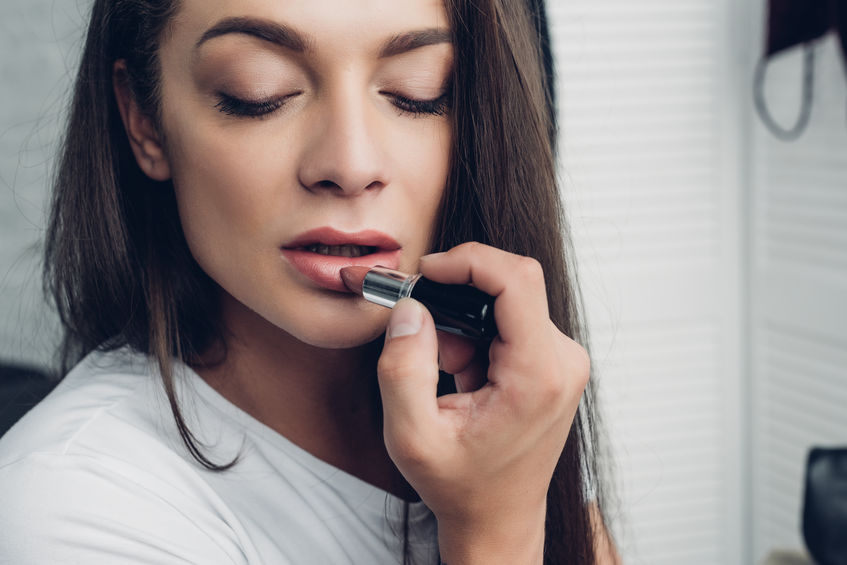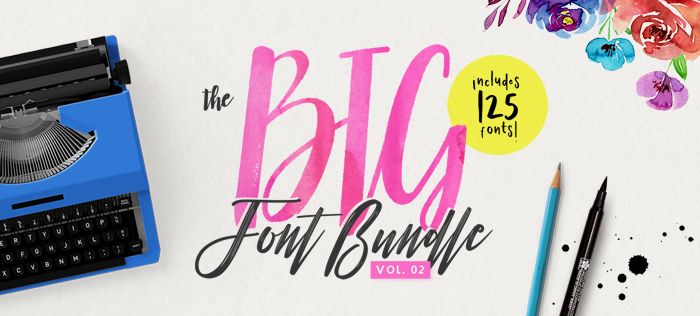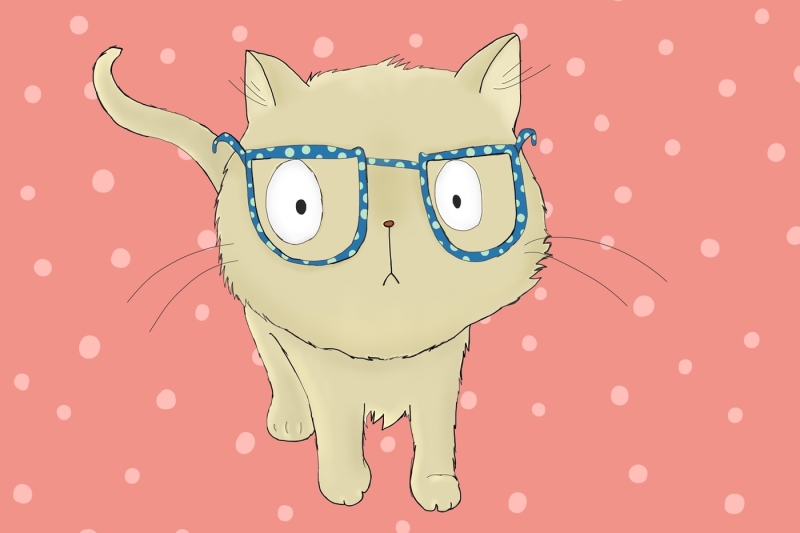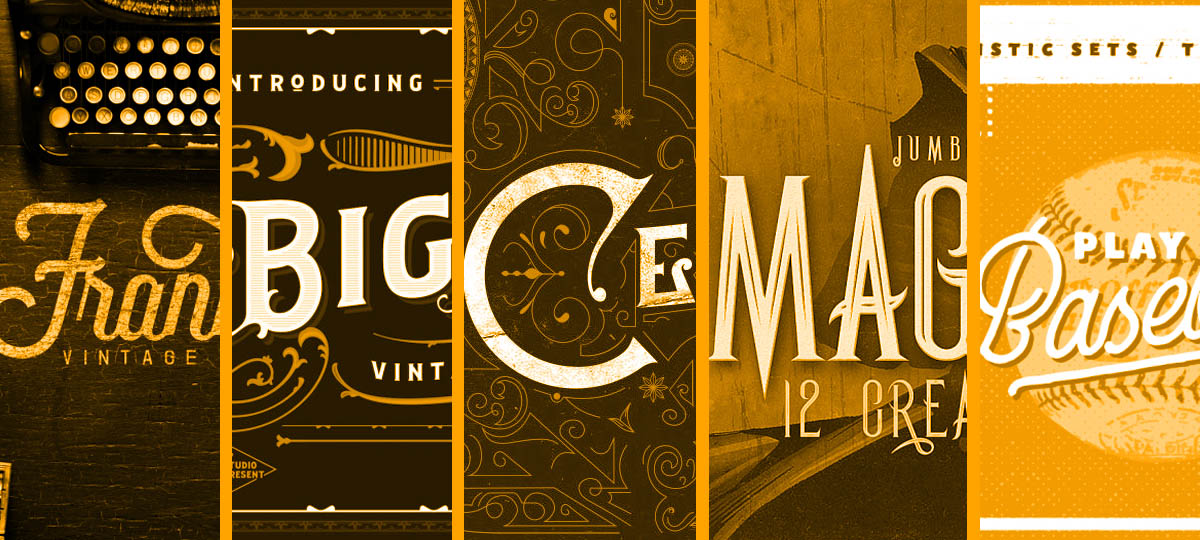Are gender neutral trends just a passing phase? We think not! Gender neutral living is being embraced by far more than just the younger generations. This empowered mindset allows everyone to choose their clothing, hobbies, sports, products, and more not by factoring in their gender—but what they are naturally drawn to as an individual. With gender now in a state of flux, marketers need to rethink how to position their brands toward this neutral future. If you have a product or service to sell, market, or design you must take these gender neutral trends for 2020 into consideration.
Unisex Products And Packaging
Many cosmetic, health, beauty, and traditionally gender-specific brands are rethinking everything from their colors to the names of their new product lines—as well as the way they phrase and photograph their marketing so that it is appealing to all consumers. This includes the rapidly growing trend in unisex fragrances.
Overall product packaging is increasingly neutral in design and color to welcome shoppers who identify in any gender. Products used solely by one gender, such as Always removing the Venus symbol from their packaging show their support. Inclusive beauty is now a thing that’s being adopted by major brands like Fenty Beauty or Milk Makeup. Cue indie brands like Non Gender Specific (NGS) with a philosophy that consists of keeping their skincare line available to all.
Gender Neutral Fashion
Fashion has always embraced gender neutrality more than most industries, but things are being taken to a whole new level. While the fact remains that men and women have different body shapes that can be accentuated with fashion, there are many ways to create products that aren’t limited to gender. This includes accessories such as sunglasses, hats, scarves, backpacks, bags, and more.
Beyond accessories, designers must consider things like t-shirts and other wardrobe staples. For example, little girls want to wear spaceship, baseball, and fire engine t-shirts too. Target is one brand leading the way in non-gender kids clothing. On that same note, many toy and game companies are marketing to all kids by age group and interest, opposed to gender.
Pronouns And Phrasing
Many companies are limiting their use of gender-restrictive pronouns, and embracing “we”, “us”, and “they”. However, you must think beyond pronouns to adjectives and phrasing often associated with a specific gender. For example, instead of using “polite” in a job listing you might use “professional” to sound neutral opposed to feminine. Instead of using the word “strong” which is often associated with men, you might use the word “goal-oriented”. Finally, if you name the characters in your campaign select unisex names — and consider using more androgynous actors and models.
If your marketing campaigns aim to create controversy, do it in a way that doesn’t push your brand into hot water. But of course, if your brand were to produce a marketing campaign that made fun of genders, be wary of potential backlash. It’s best to keep things light and show your support instead.
Here’s to an inclusive new approach to life and business!




